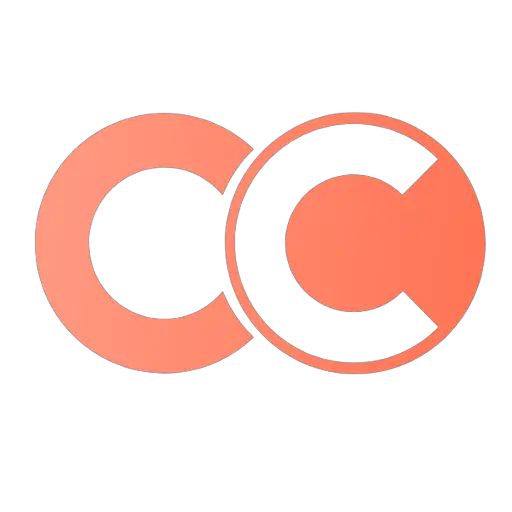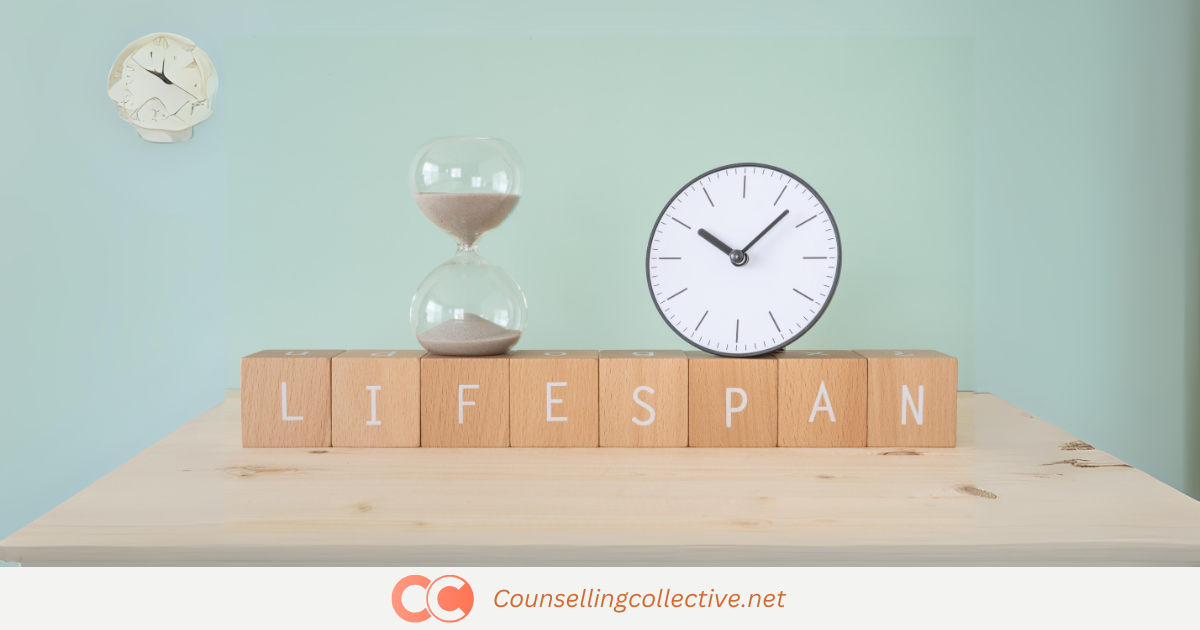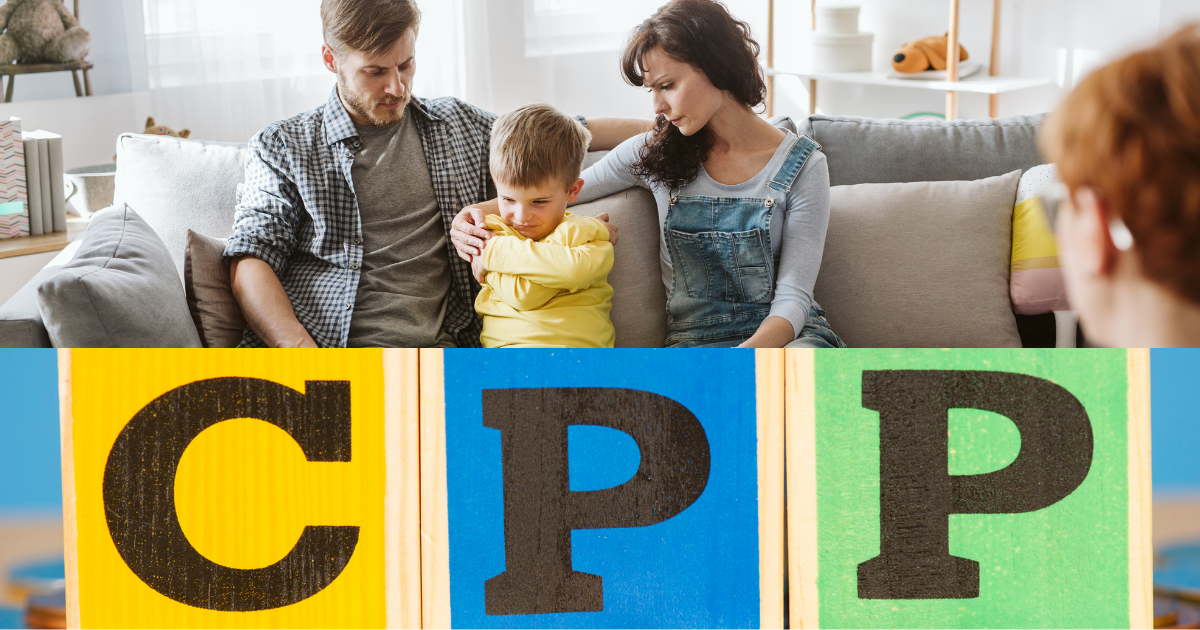Contents
Introduction
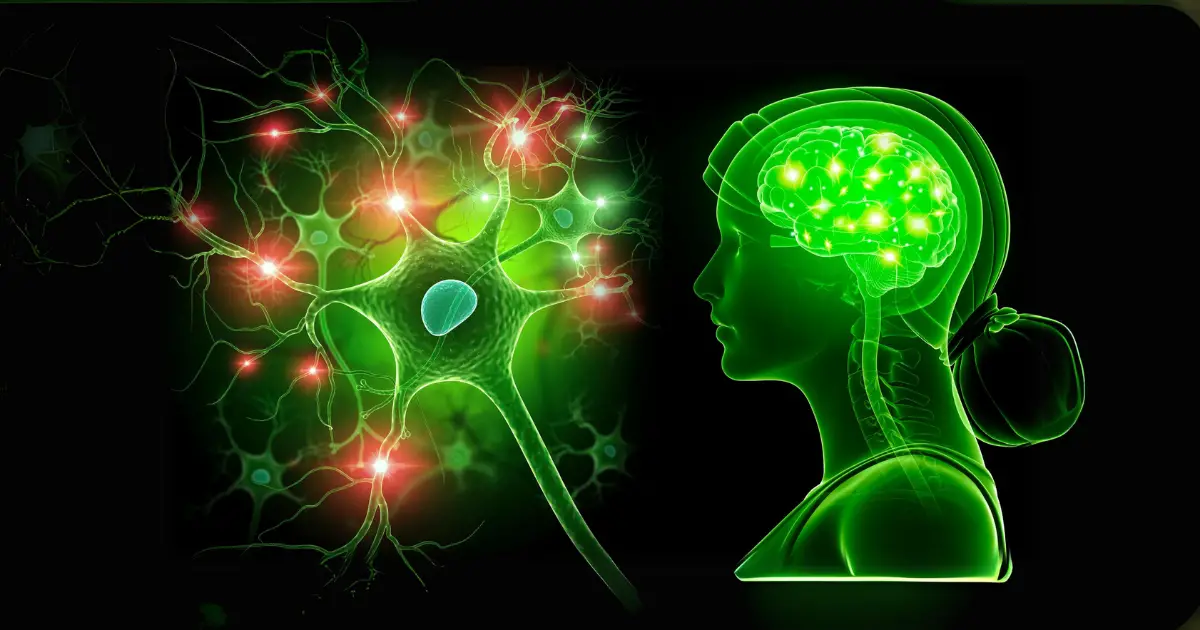
Repetitive Transcranial Magnetic Stimulation (rTMS): Techniques, Applications, and Effectiveness
Repetitive Transcranial Magnetic Stimulation (rTMS) is a non-invasive neuromodulation technique that uses magnetic fields to stimulate nerve cells in the brain. It is primarily employed to treat major depressive disorder (MDD) and is also explored for other psychiatric and neurological conditions. rTMS offers an alternative for individuals who have not responded to traditional treatments such as medication or psychotherapy. The therapy involves applying repetitive magnetic pulses to specific brain regions, which can lead to improvements in mood, cognition, and overall mental health.
This article provides an overview exploration of Repetitive Transcranial Magnetic Stimulation (rTMS), highlighting its core techniques, applications across various mental health conditions, and effectiveness. It also addresses common misconceptions and criticisms associated with the therapy and evaluates its impact on mental health recovery.
What is Repetitive Transcranial Magnetic Stimulation (rTMS)?
Repetitive Transcranial Magnetic Stimulation (rTMS) is a psychiatric treatment developed by Dr. Anthony Barker and his colleagues in the late 1980s. The technique involves using magnetic fields to stimulate nerve cells in the brain and has since become a recognized treatment for major depressive disorder (MDD) and is being investigated for other mental health and neurological conditions. During an rTMS session, an electromagnetic coil is positioned on the patient’s head, usually over the prefrontal cortex, an area associated with mood regulation. The coil generates magnetic pulses that penetrate the scalp and stimulate neurons in the targeted brain region. Each session typically lasts 20-40 minutes, and treatments are usually administered daily over a period of several weeks.
Why is rTMS Important?
rTMS is important because it provides a non-invasive, drug-free treatment option for individuals with severe depression or other psychiatric conditions who have not found relief from traditional therapies. It is particularly valuable for patients who experience side effects or limited efficacy with medications. rTMS offers the potential for significant symptom relief and improvement in quality of life, with a relatively favorable safety profile compared to other treatments.
Repetitive Transcranial Magnetic Stimulation (rTMS) uses magnetic fields to stimulate specific parts of the brain and is performed while the patient is awake and comfortable. It’s primarily used to treat severe depression, especially in cases where medications haven’t worked. rTMS sessions typically involve placing a magnetic coil on the head and delivering repetitive pulses to the brain, which can help improve mood and overall mental well-being.
Real-Life Example: A patient with severe depression, who has not responded to various antidepressant medications, may start rTMS treatment. During the sessions, the patient sits comfortably with a magnetic coil positioned on their head. Over several weeks, the patient may experience a significant improvement in mood and reduction in depressive symptoms.
Core Concepts
- Neurostimulation: Repetitive Transcranial Magnetic Stimulation (rTMS) involves using magnetic pulses to stimulate targeted brain regions, influencing neuronal activity and connectivity. This process alters brain chemistry and function, leading to improvements in mood and cognitive abilities. By modulating neural circuits, rTMS can help alleviate symptoms of depression and other mental health conditions effectively.
- Neuroplasticity: rTMS fosters neuroplasticity, the brain’s capacity to reorganize and adapt by creating new neural pathways. This enhancement in neural flexibility supports recovery from depressive episodes and contributes to cognitive improvements. By encouraging the brain to form new connections, rTMS aids in overcoming dysfunctional thought patterns and supports mental health recovery.
- Targeted Stimulation: One of rTMS’s strengths is its ability to precisely target brain regions involved in mood regulation. This focused stimulation enhances the efficacy of treatment by concentrating on areas directly associated with symptom relief. The targeted approach helps to optimize therapeutic outcomes while minimizing potential side effects by avoiding unintended stimulation of non-relevant brain areas.
- Safety Profile: rTMS is regarded as a safe and well-tolerated treatment option with fewer side effects compared to other psychiatric interventions. Most side effects are minor, such as headaches or scalp discomfort, and typically resolve shortly after the treatment session. This favorable safety profile makes rTMS a viable option for patients seeking effective, non-invasive therapy for mental health conditions.
Techniques Used in Repetitive Transcranial Magnetic Stimulation (rTMS)
- Standard rTMS :Standard rTMS involves delivering repetitive magnetic pulses at a frequency of 10 Hz (high-frequency) to the prefrontal cortex, which is commonly used for treating depression. Administered over a series of sessions, this method effectively stimulates neural pathways associated with mood regulation and can lead to significant improvements in depressive symptoms.
- Theta Burst Stimulation (TBS): Theta Burst Stimulation (TBS) is a form of rTMS that uses bursts of high-frequency stimulation delivered in a pattern resembling the brain’s natural theta rhythm. This technique is known for being more time-efficient compared to standard rTMS, allowing for shorter treatment sessions while still providing therapeutic benefits for conditions like depression and anxiety.
- Deep rTMS: Deep rTMS employs specialized coils designed to reach deeper brain structures beyond the prefrontal cortex, aiming to target areas more directly involved in mood regulation. This approach can enhance treatment effectiveness for patients with complex mood disorders by stimulating deeper brain regions that standard rTMS may not effectively reach.
- Guided rTMS: Guided rTMS involves the use of real-time imaging, such as MRI, to accurately locate and target optimal brain areas for stimulation. This technique improves the precision and individualization of treatment, ensuring that the magnetic pulses are delivered to the most relevant brain regions for each patient’s specific needs and enhancing overall treatment outcomes.
Notable Figures in rTMS
Mark George: An influential researcher in rTMS, George has explored its use across various psychiatric and neurological disorders. His work has been crucial in optimizing rTMS techniques and expanding its clinical applications, including advancements in personalized treatment approaches and understanding its long-term effects.
John O’Reardon: A key figure in rTMS research, O’Reardon has investigated its efficacy, particularly in major depressive disorder. His contributions have refined treatment protocols and established rTMS as a viable option for treatment-resistant depression, influencing guidelines and clinical practice.
Alvaro Pascual-Leone: A pioneer in the field of rTMS, Pascual-Leone has conducted extensive research on its mechanisms and therapeutic applications. His work has significantly advanced our understanding of rTMS, particularly in treating depression and other conditions.
Alvaro Pascual-Leone- Image Source: humanbrains.fondazioneprada.org

Theories Influenced by rTMS
- Cognitive Behavioral Theory (CBT): rTMS enhances mood and cognitive functions, supporting CBT’s focus on changing negative thought patterns and improving behavioral responses. This biological intervention can make cognitive restructuring more effective, leading to better therapeutic outcomes.
- Eclectic Therapy: rTMS addresses underlying biological factors, integrating seamlessly with eclectic therapy’s diverse techniques. By improving mood and cognitive functions, rTMS enhances the overall effectiveness of this integrative approach, facilitating a more comprehensive treatment strategy.
- Humanistic Therapy: rTMS stabilizes mood, which supports humanistic therapy’s emphasis on personal growth and self-actualization. By improving emotional regulation and cognitive clarity, rTMS helps clients achieve greater self-awareness and a more profound sense of fulfillment.
- Narrative Therapy: rTMS’s impact on mood and cognitive processes aids clients in engaging more deeply with their personal narratives. This improved emotional stability allows for more effective re-authoring and integration of life stories, leading to more meaningful personal change.
- Gestalt Therapy: rTMS improves emotional regulation and present-moment awareness, key components of Gestalt therapy. By stabilizing mood and enhancing cognitive integration, rTMS helps clients experience and integrate their current emotions more fully, enriching the therapeutic process.
Applications of rTMS in Treating Mental Health Disorders
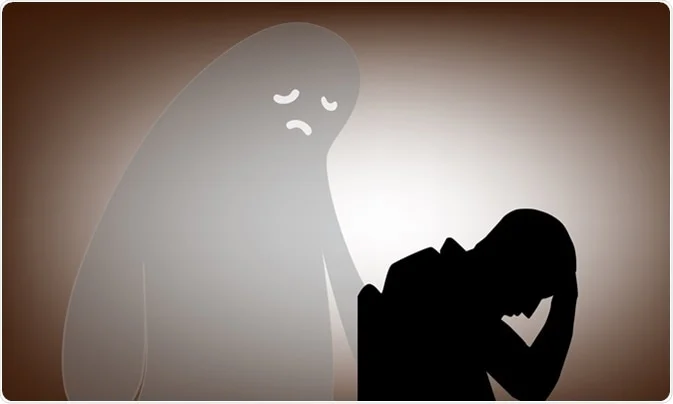
Major Depressive Disorder
rTMS is used to treat MDD, especially in cases where patients have not responded well to traditional antidepressant treatments. It targets the prefrontal cortex to help alleviate symptoms such as persistent sadness, lack of interest in activities, and low energy levels.
Example: A patient with severe MDD, unresponsive to several antidepressants, undergoes Standard rTMS. The treatment involves high-frequency magnetic pulses applied to the prefrontal cortex over a series of sessions. After a few weeks, the patient experiences significant improvements in mood and overall well-being.
Image Source: news-medical.net
rTMS is increasingly being explored for GAD, targeting brain areas involved in anxiety regulation. It aims to reduce symptoms such as excessive worry, restlessness, and physical symptoms of anxiety.
Example: A patient with GAD, who has not found relief through medication, receives Theta Burst Stimulation (TBS). TBS’s rapid and targeted stimulation pattern helps in reducing anxiety symptoms more efficiently, leading to improved relaxation and decreased levels of chronic worry.
Image Source: c10.beauty
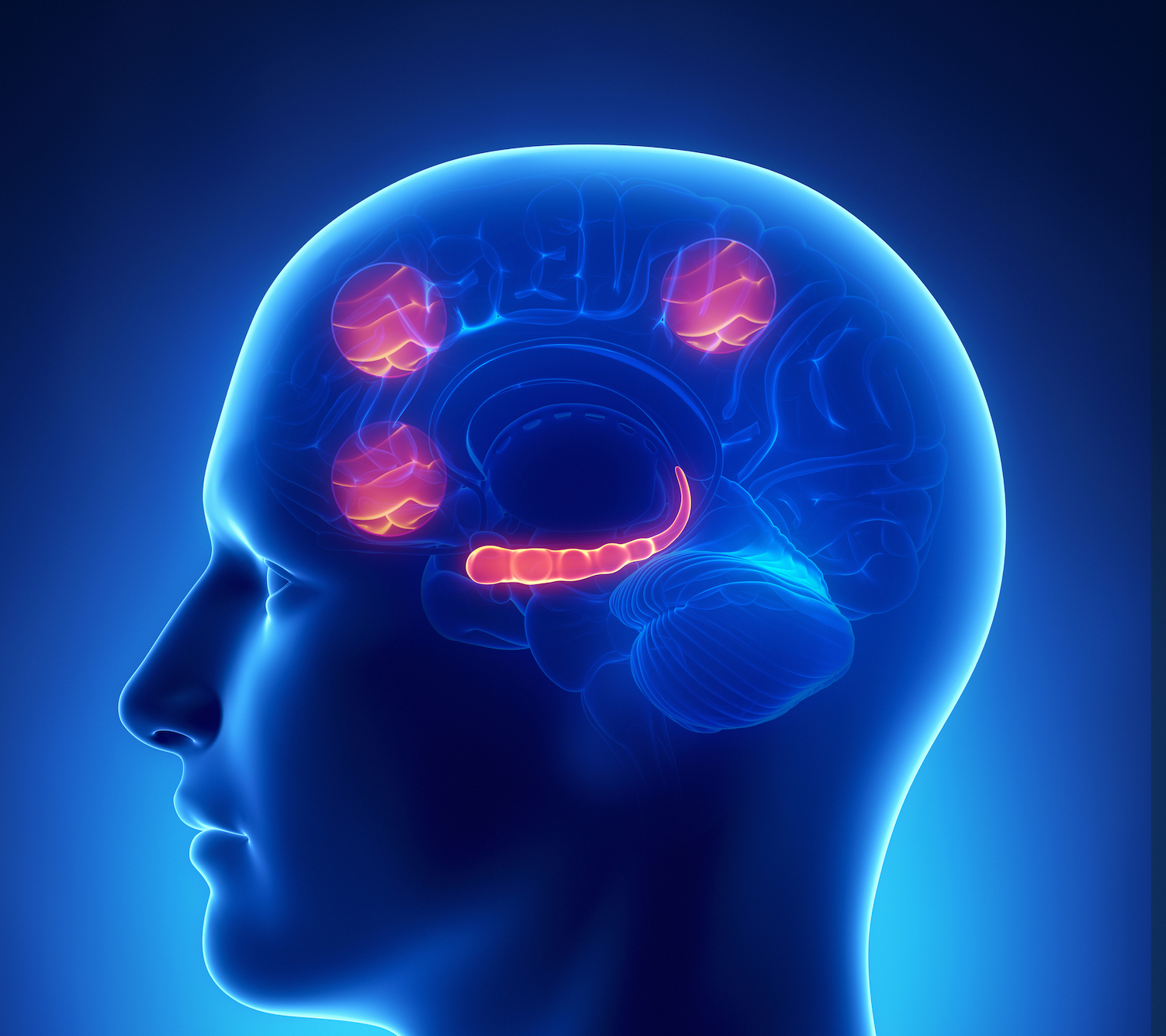
Generalized Anxiety Disorder
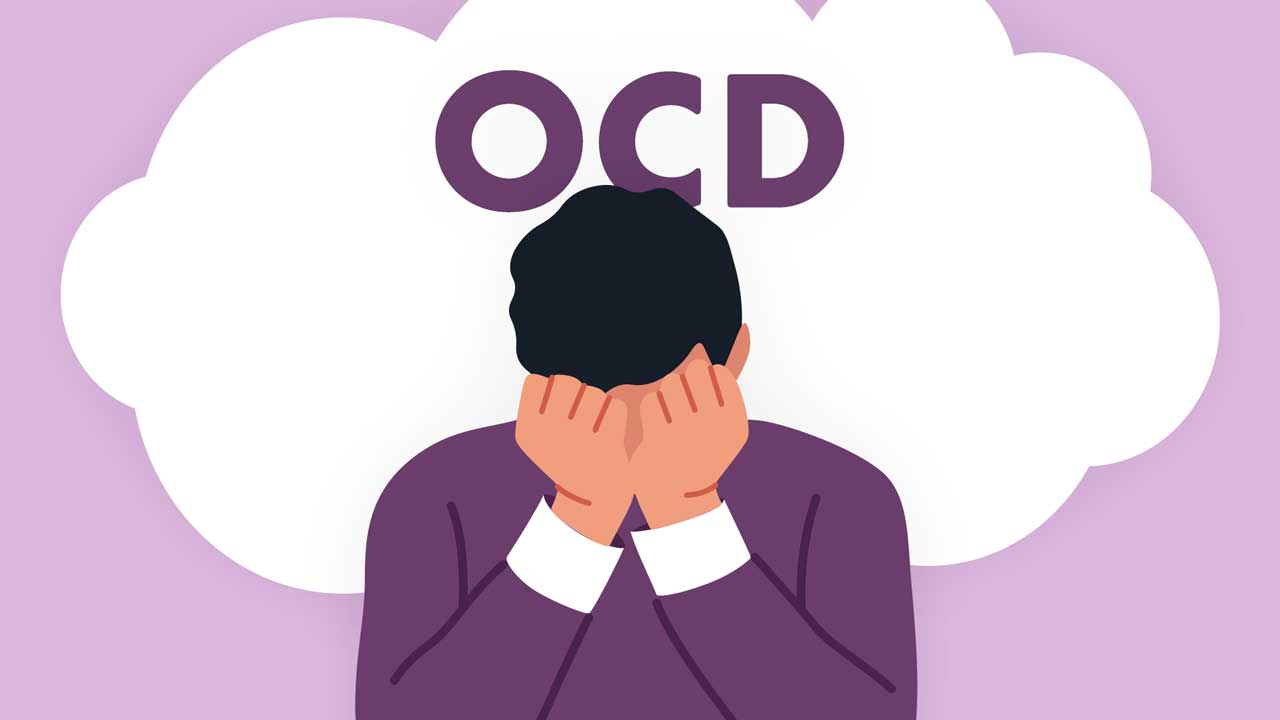
Obsessive-Compulsive Disorder
rTMS is utilized in treating OCD by targeting areas of the brain involved in obsessive thoughts and compulsive behaviors. The goal is to reduce the frequency and intensity of compulsions and obsessions.
Example: A patient with OCD, struggling with severe compulsions despite medication, undergoes Deep rTMS. This technique uses specialized coils to reach deeper brain structures, effectively targeting the circuits involved in OCD. The patient experiences a notable reduction in compulsive behaviors and obsessive thoughts.
Image Source: ausmed.com.au
Common Myths About Repetitive Transcranial Magnetic Stimulation
| Myths | Explanation |
| rTMS is Painful and Uncomfortable | rTMS is generally well-tolerated, with most patients reporting only minor discomfort, such as a tapping sensation on the scalp. The procedure is non-invasive and performed while the patient is awake, ensuring a comfortable experience with minimal pain. |
| rTMS Causes Seizures | Although rTMS involves electromagnetic pulses, it does not typically induce seizures. The stimulation is carefully controlled and monitored to ensure it remains within safe limits, and the risk of seizures is very low. |
| rTMS is a Short-Term Fix | rTMS can provide significant and long-lasting improvements in symptoms for many patients, especially when combined with other treatments. While some may experience symptom relief quickly, the benefits can extend beyond the treatment period, contributing to sustained mental health improvements. |
| rTMS Has Immediate Results | The benefits of rTMS may take several weeks to become apparent. Patients typically start to notice improvements in their symptoms after a few weeks of consistent treatment. Immediate results are rare. |
Criticisms of Repetitive Transcranial Magnetic Stimulation (rTMS)
- Potential for Limited Effectiveness: One significant criticism of rTMS is that it may not be effective for all patients. While many individuals with major depressive disorder and other conditions experience improvements, some may see little to no benefit. This variability can be frustrating and discouraging for patients seeking relief, highlighting the need for ongoing research to identify which patients are most likely to benefit from rTMS and to refine treatment protocols accordingly.
- Risk of Side Effects: Although rTMS is generally well-tolerated, it can still cause side effects such as headaches, scalp discomfort, and, in rare cases, seizures. These side effects are usually mild and transient, but they can be distressing for some patients. The potential for side effects, especially in cases where the treatment is not well-suited to the individual, can impact the overall comfort and safety of the therapy.
- High Cost and Accessibility Issues: rTMS can be expensive and is not always covered by insurance, making it less accessible for some patients. The cost of multiple sessions can be prohibitive for those without adequate financial resources or insurance coverage. Additionally, access to rTMS may be limited in certain geographical areas, restricting its availability to those who need it.
Conclusion
Repetitive Transcranial Magnetic Stimulation (rTMS) stands out as an innovative and non-invasive therapeutic approach, particularly valuable for individuals suffering from severe depression and other challenging psychiatric conditions when conventional treatments have failed. This technique harnesses magnetic fields to modulate brain activity, offering a promising alternative to more invasive treatments. Despite its proven efficacy and increasing acceptance in clinical practice, rTMS is not without its challenges. Issues such as limited accessibility, varied patient responses, and an incomplete understanding of its underlying mechanisms continue to pose difficulties.
References
- George, M. S., & Post, R. M. (2011). Transcranial Magnetic Stimulation: A Neuropsychiatric Tool for Brain Stimulation. Cambridge University Press.
- Hamel, W. M., & Haeusler, S. (2012). Transcranial Magnetic Stimulation (TMS) and its Clinical Applications. Springer.
- Mantovani, A., & Fregni, F. (2015). Repetitive Transcranial Magnetic Stimulation (rTMS) in Depression and Other Psychiatric Disorders. Oxford University Press.
- McClintock, S. M., & Abraham, S. (2015). A Review of Repetitive Transcranial Magnetic Stimulation for the Treatment of Depression. Journal of Clinical Psychiatry, 76(7), 986-997.
- Nahas, Z., & Lisanby, S. H. (2011). Repetitive Transcranial Magnetic Stimulation: Clinical Use in Major Depressive Disorder. Biological Psychiatry, 69(4), 288-293.
- Pasricha, N., & Armitage, R. (2013). Effects of rTMS on Mood and Cognition: Insights from Clinical Studies. Journal of Clinical Neuroscience, 20(3), 432-438.
- Pascual-Leone, A., & Hamilton, R. (2008). Transcranial Magnetic Stimulation and Brain Mapping: An Overview of Clinical Applications. Journal of Clinical Neurophysiology, 25(4), 260-267.
- Pineda, J. A., & McCarthy, K. (2012). Repetitive Transcranial Magnetic Stimulation (rTMS) for Treatment of Major Depressive Disorder. The Lancet Psychiatry, 1(1), 37-44.
- Rossi, S., & Hallett, M. (2009). Safety, Ethical Considerations, and Application Guidelines for Transcranial Magnetic Stimulation (TMS): An Update. Clinical Neurophysiology, 120(12), 2061-2080.
Explore more Theories & Therapies
